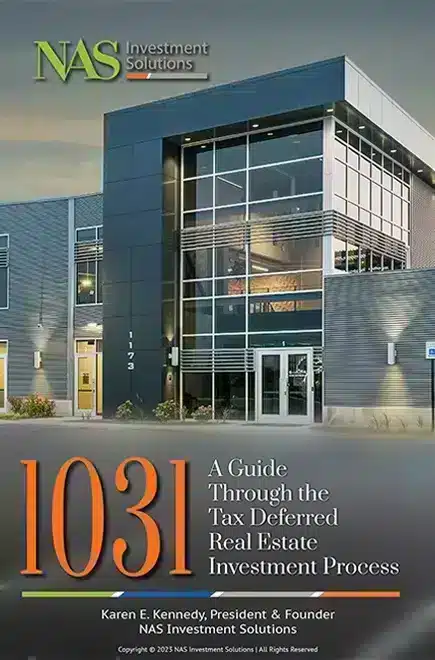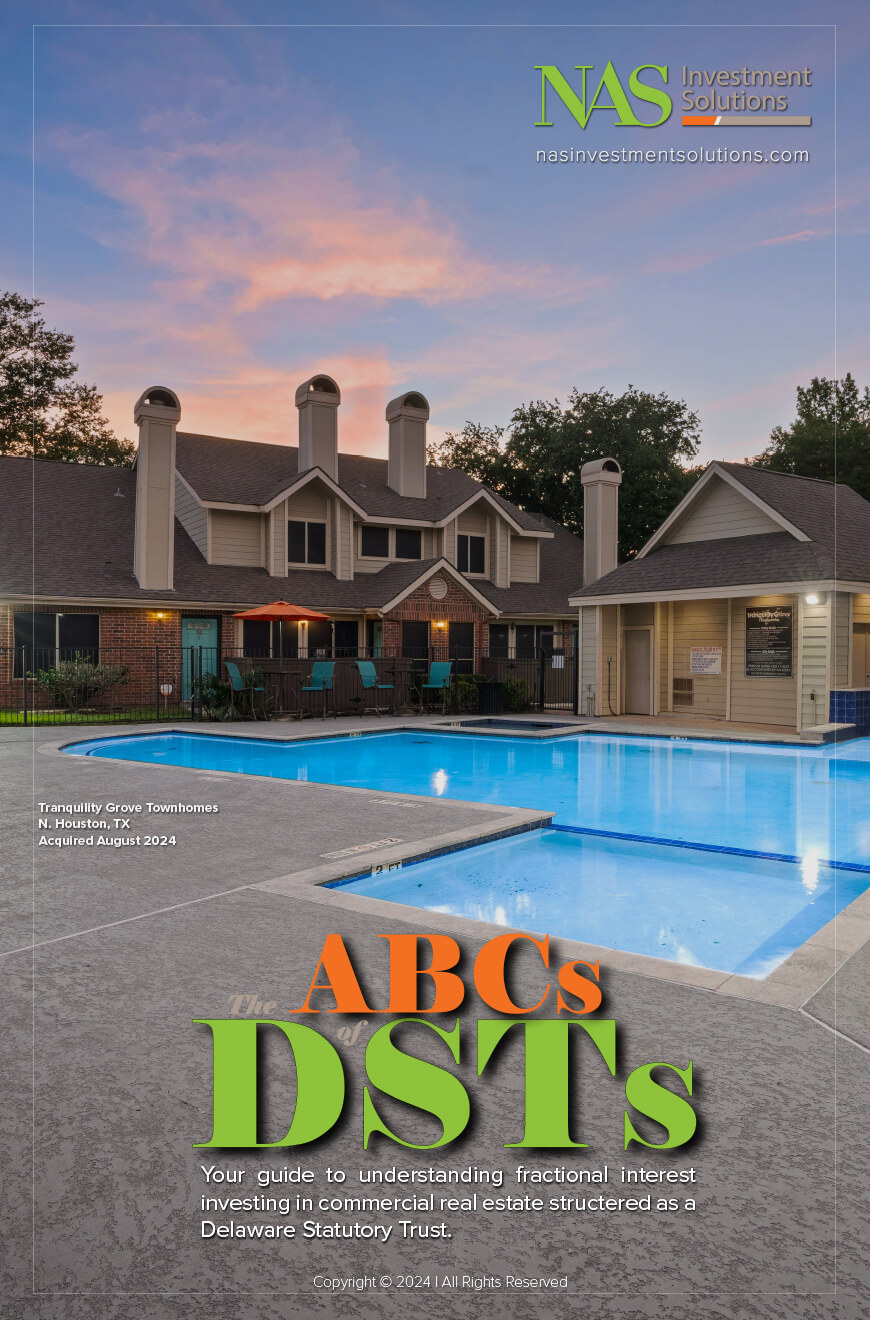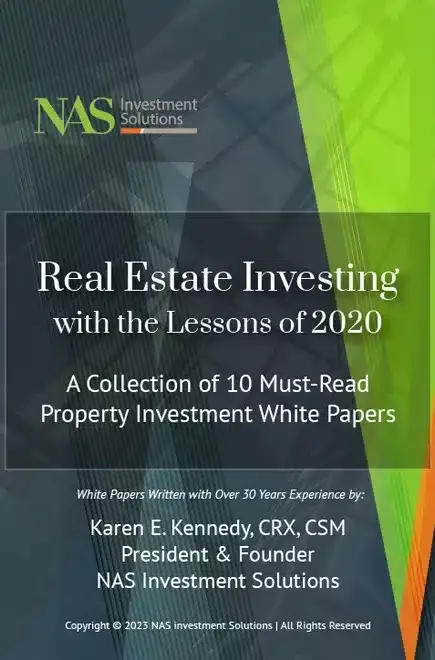High Investment Yields May Be Fools Gold
Investors who focus on high investment yields without having a clear investment strategy may face unintended consequences leading to financial distress, especially if the property is overleveraged.
Yield in commercial real estate describes the annual income from an investment compared to the total cost of the investment. Also known as the rate of return, investors use yield to evaluate an investment property for purchase.
Calculating yield itself is fairly straightforward. But yield can sometimes be deceptive, resulting in investing mistakes. In this article, we’ll focus on the fundamentals and take a look at some of the factors that can reinforce or undermine real estate yield.
Fundamentals that can reinforce yield
There are three main fundamentals that can help reinforce property yield:
Property location
The value of a property is directly influenced by how the location will evolve over the investment period. Commercial property located near warehouses, expanding transportation hubs, and growing regional markets is more attractive to high quality tenants willing to pay more to be in the right place for a long period of time.
Investment strategy
The three broad categories of investment are:
- Buy & owner-occupy saves on business rent expense and offers value appreciation
- Buy & short-term sell can generate quick but usually small profits
- Buy & long-term hold creates recurring income when leased, value appreciation over the long-term, and is best suited for passive investors and retirement planning
Commercial real estate is a high value investment with low liquidity. Investors who focus on yield without having a clear investment strategy may face unintended consequences leading to financial distress, especially if the property is overleveraged.
Anticipated cash flows and appreciation
Real estate yield is also reinforced by cash flows and the related profit opportunities created. Factors to consider when analyzing profits and expenses include:
- Projected rental income cash flow, with the added benefit of inflation favoring landlords for increases in rental income
- Increase in the intrinsic value of the property due to long-term price appreciation
- Tax benefits including depreciation and tax deferred exchanges
- Pros and cons of renovating property pre-sale to earn a higher sales price
- Analyzing the costs and benefits of leverage vs. value appreciation
Fundamentals that can undermine yield
There are also two fundamentals that can undermine what appears on paper to be a good yield:
Unwise use of leverage
While debt can be a useful tool when used wisely, it comes with the cost of committing income in the future to debt service today. Investors may choose a loan with an adjustable rate or an interest only payment to boost leveraged yield, while ignoring the potential risks and future pitfalls.
Investing in resale property vs. new construction
Newly constructed properties typically offer more attractive pricing, the opportunity to build-to-suit for a tenant, and amenities that can be more attractive when leasing to credit quality tenants. These factors in turn contribute to a more stable and predictable yield. Risks in newly built property are manageable and may include a delay in possession or a cost overrun.
Investing in resale property can be more problematic, with potential issues that can directly undermine anticipated yield:
- Understated maintenance costs, deferred maintenance, and outstanding taxes or liabilities from previous ownership can negatively impact net operating income
- Resale property with a tenant in place may have tenant-friendly lease renewal options with below market rents or interior items that add value to the property being owned by the tenant
- Quality of furniture, fixtures, and equipment included in the price of a resale property may be close to becoming obsolete, requiring an unexpected additional cash investment that takes money out of net income
Other factors influencing yield
There are also three macro factors that investors should consider when analyzing long-term investment yield:
- Demographics: major changes in factors such as population and job growth, age and gender, and migration patterns can have a major impact on real estate markets over multi-decade periods
- Interest rates: have a direct effect on demand for real estate, causing prices to rise or decline over the course of the normal real estate cycle
- Economy: cycles affect different real estate asset classes in different ways – high quality property leased to credit quality tenants on long term leases will be less affected by an economic downturn than more speculative investments
Looking at yield and beyond
- Yield is expressed as a percentage and used to measure the net income generated by an investment compared to the total cost of the investment
- Leverage can be used to increase yield
- Yield is reinforced by property location, investment strategy, and anticipated cash flows and appreciation
- Yield can be undermined by using too much leverage and purchasing resale property rather than new construction
- Macro factors that affect yield are demographics, interest rates, and economic cycles
Net Real Estate Yield Formula
The formula for calculating annual net real estate yield is:
(Annual property income – Annual Expenses) / Total cost of property = Yield %
Examples of calculating yield
The difference between yield and cap rate
- Investors sometimes use yield and cap rate calculations interchangeably. However, the two calculations can differ. Yield measures net income / total cost, while cap rate measures net income / price or market value.
- The results of both calculations can vary based on income, but cap rate is also affected by the additional variable of property market value increasing or decreasing.








